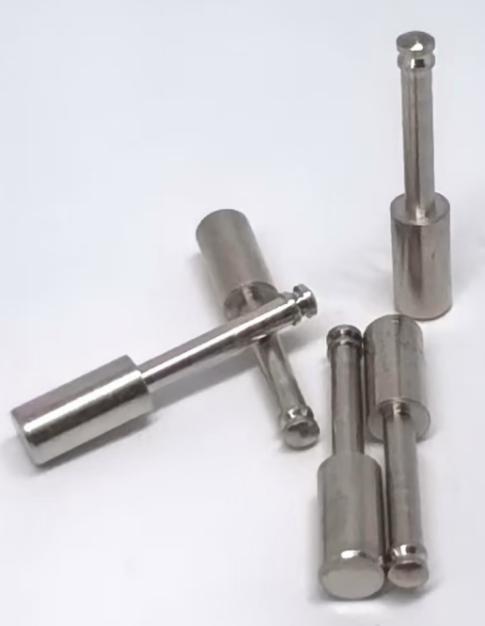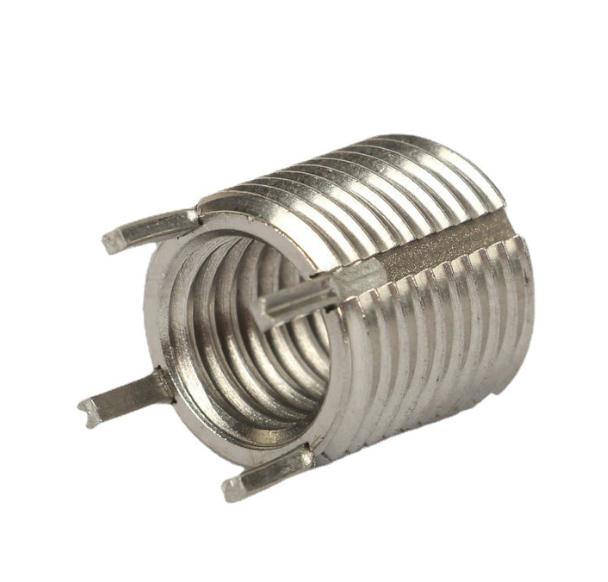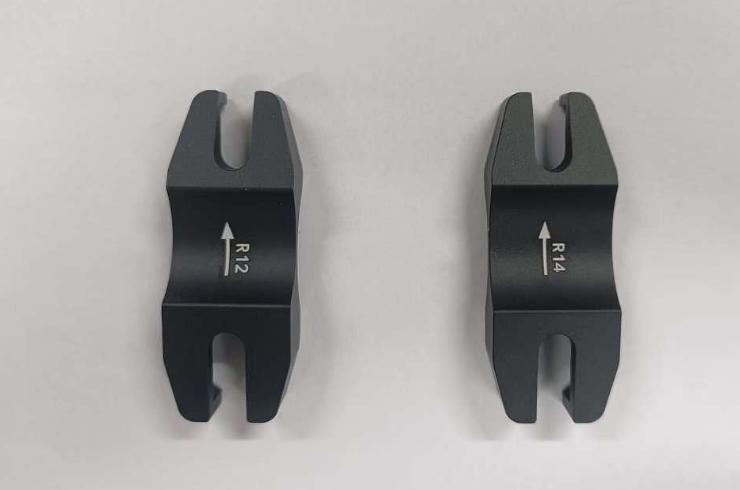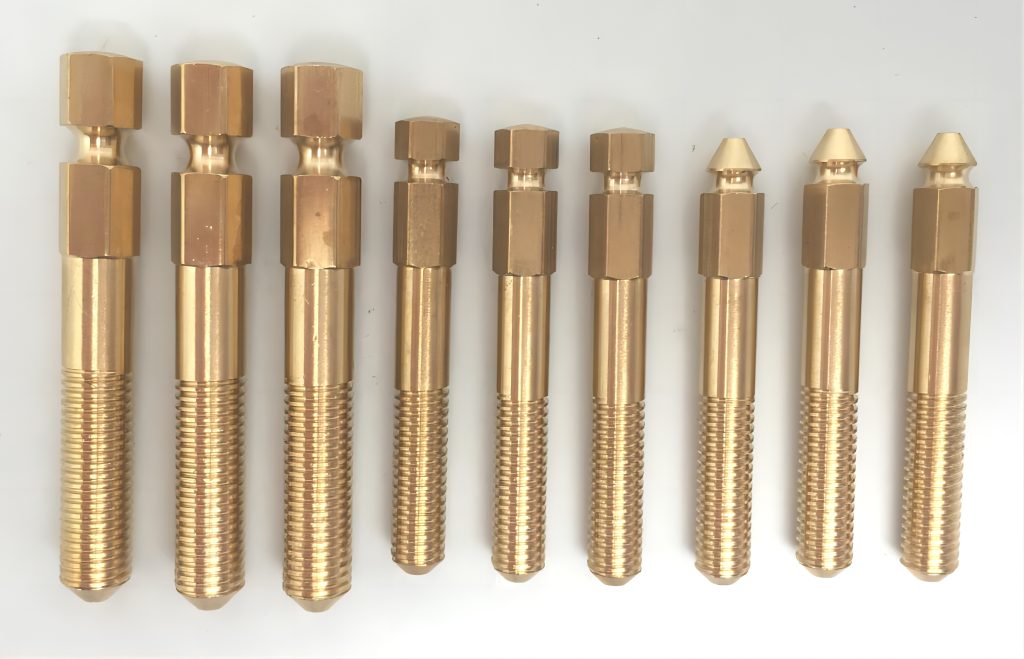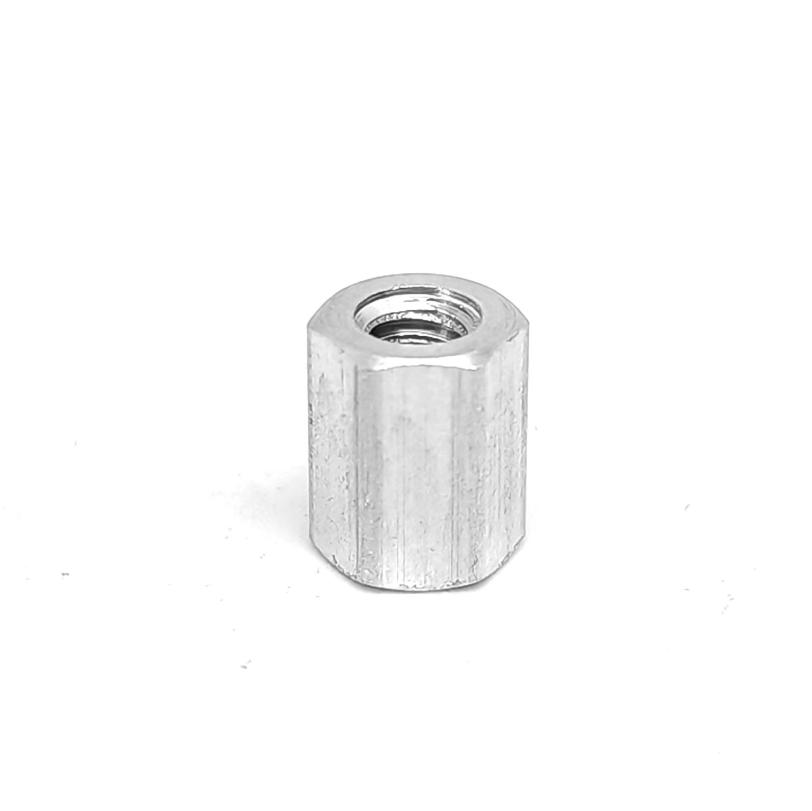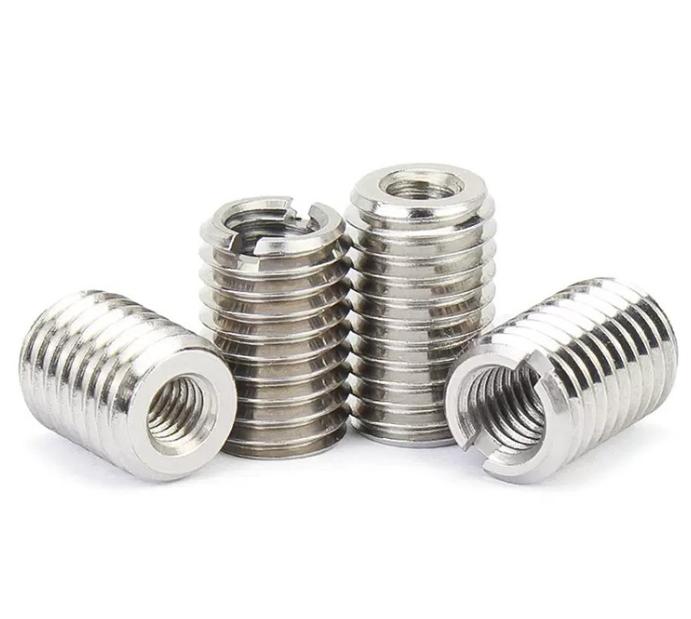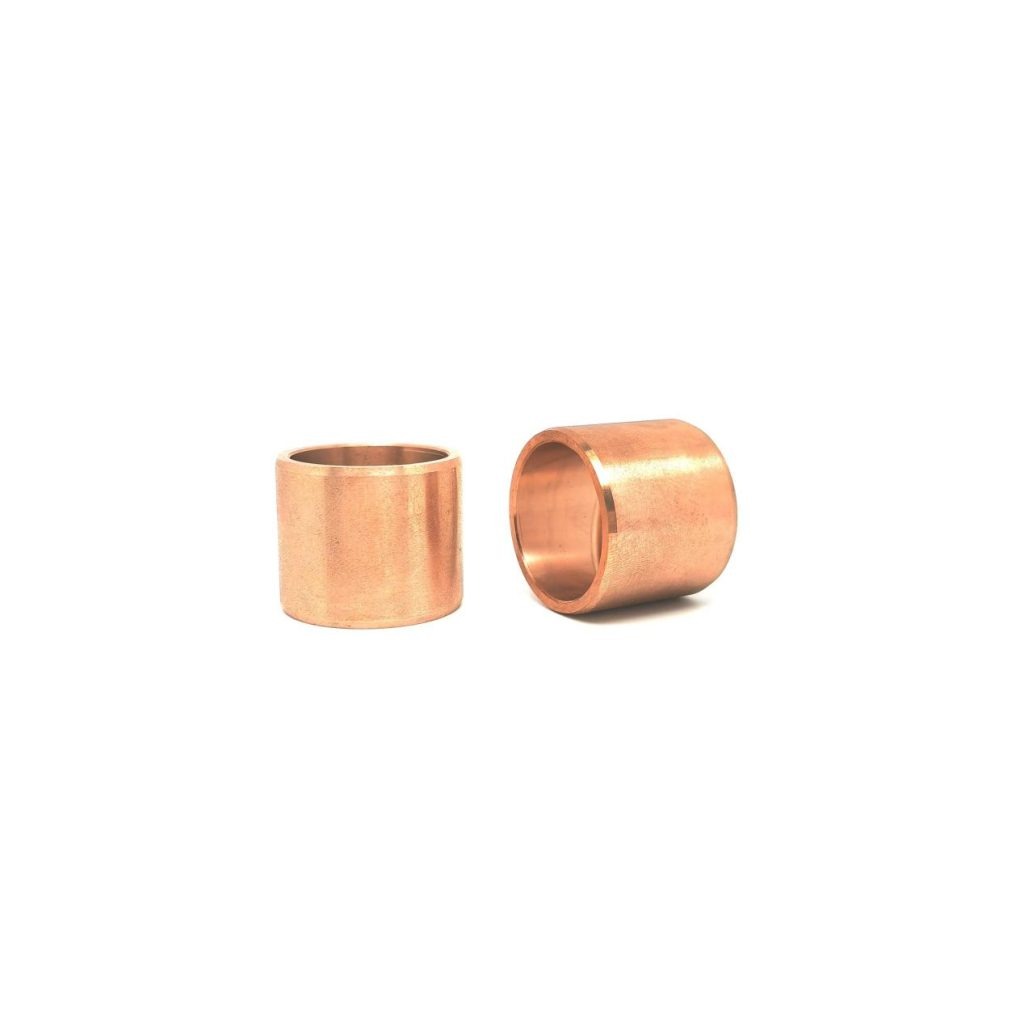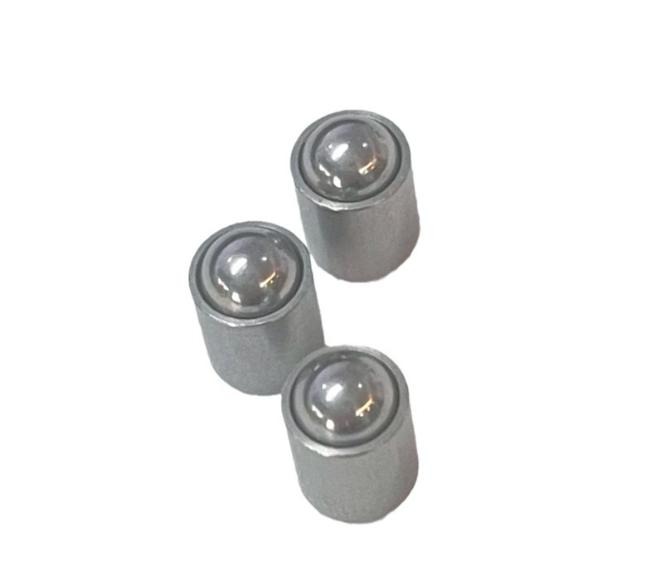5-Axis CNC Machining: A Powerful Tool for Modern Manufacturing
ever-growing demand for complex parts with intricate geometries and tight tolerances has pushed the boundaries of traditional machining techniques. In response, 5-axis CNC machining has emerged as a revolutionary solution, transforming the manufacturing landscape with its unmatched precision, flexibility, and efficiency.
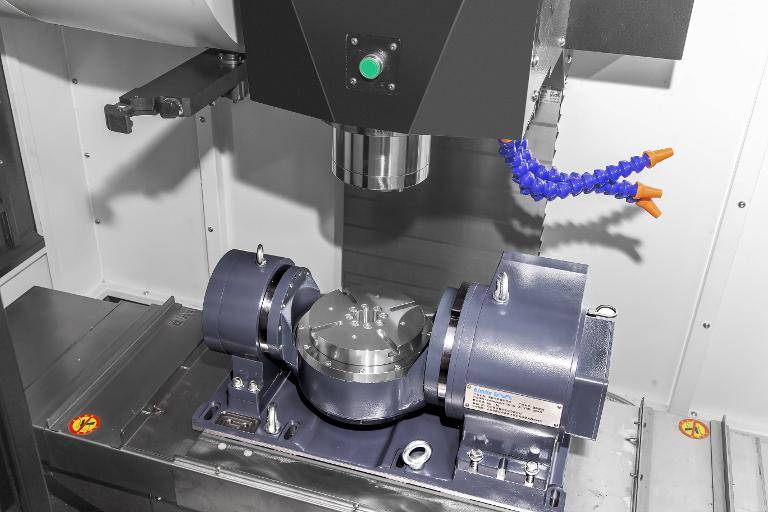
What is a 5-axis CNC Machine?
A 5-axis CNC machine, also known as a 5-axis machining center, is a sophisticated computer numerically controlled (CNC) machining equipment. It expands upon the capabilities of traditional 3-axis CNC machines (X, Y, and Z axes) by incorporating two additional rotary axes (commonly designated A, B, or C). This unique configuration empowers the machine tool to maneuver the cutting tool or workpiece along five independent axes simultaneously. This multi-directional machining capability unlocks a new realm of possibilities in parts manufacturing, particularly for intricate geometries that were previously exceptionally challenging or even impossible to produce with conventional methods.
The significance of 5-axis CNC machining in modern manufacturing is undeniable. It streamlines the production process by eliminating the need for multiple setups and repositioning of the workpiece during machining. This translates to significant reductions in production lead times and costs. Furthermore, the ability to achieve complex geometries in a single setup ensures exceptional precision and repeatability, crucial factors for parts requiring tight tolerances and high performance.
Structural Diversity for Catering to Specific Machining Needs
One of the significant advantages of 5-axis CNC machines is their structural diversity. These machines come in various configurations based on the specific layout of their rotary axes. This characteristic allows them to cater to a wider range of machining needs. Here’s a breakdown of some common configurations:
- Double-Swivel Head Type: This configuration features two rotary axes arranged vertically, one on top of the other. This design is particularly well-suited for processing parts with a high degree of symmetry, such as valves and pump bodies.
- Double-Rotary Table Type: In contrast to the double-swivel head type, the double-rotary table type features two rotary axes positioned horizontally, typically on a rotating platform. This configuration is ideal for machining large and bulky parts or those with complex curved surfaces, such as engine crankshafts and turbine blades.
- Single-Swivel Single-Rotary Table Type: This versatile configuration combines features from both the double-swivel head and double-rotary table designs. It incorporates one vertical rotary axis and one horizontal rotary axis, offering a balance between the capabilities of the two aforementioned configurations. This type is suitable for machining a wider range of parts, including both large and complex pieces.
The structural diversity of 5-axis CNC machines empowers them to adapt to various machining requirements, offering manufacturers increased flexibility in their production processes.
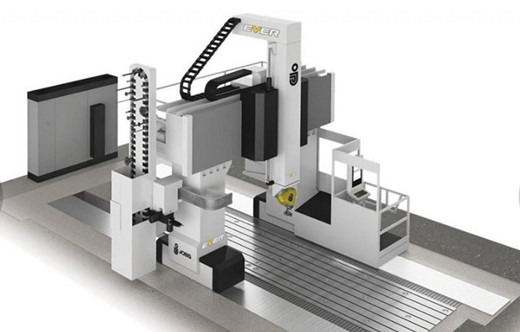
Why 5-Axis CNC Machining Stands Out?
5-axis CNC machines boast several key advantages that have propelled them to prominence in modern manufacturing. Two of the most significant advantages include:
- High Precision and Flexibility: The combination of a precise CNC control system and a meticulously designed mechanical structure allows 5-axis CNC machines to achieve exceptional machining accuracy. This translates to the ability to produce intricate parts with tight tolerances, including those with complex curves, fine details, and highly accurate dimensional requirements. Furthermore, the ability to maneuver the cutting tool from multiple directions enhances the flexibility of the machine. This allows for quicker adjustments to machining parameters to accommodate variations in materials and processing needs.
- Enhanced Production Efficiency and Product Quality: The ability to perform multi-sided machining within a single clamping operation is a hallmark of 5-axis CNC machines. This eliminates the need for frequent workpiece repositioning and set-up changes, significantly reducing production cycle times. Additionally, these machines often come equipped with advanced automatic tool change systems that further minimize non-production time. The culmination of these features is a substantial boost in production efficiency. Moreover, the high precision offered by 5-axis CNC machines translates into superior product quality with minimal defects and a high degree of consistency.
How 5-Axis CNC Machines Streamline Production?
Beyond the aforementioned core advantages, 5-axis CNC machines offer distinct benefits in terms of production efficiency. Here’s a closer look at two key aspects that contribute to this efficiency:
- Single-Clamping Multi-Sided Machining: Traditional machining processes often necessitate multiple setups to complete a part, requiring the workpiece to be repositioned and clamped numerous times. 5-axis CNC machines, however, can machine various sides of a part from a single clamp position due to their multi-directional tool movement capabilities. This significantly reduces the time spent on repositioning and re-clamping, leading to a faster overall production cycle.
- Advanced Automatic Tool Change System: Many 5-axis CNC machines incorporate automatic tool change systems. These systems allow for the rapid swapping of cutting tools during the machining process without manual intervention. This minimizes non-production time associated with manual tool changes, further streamlining the production process and boosting efficiency.
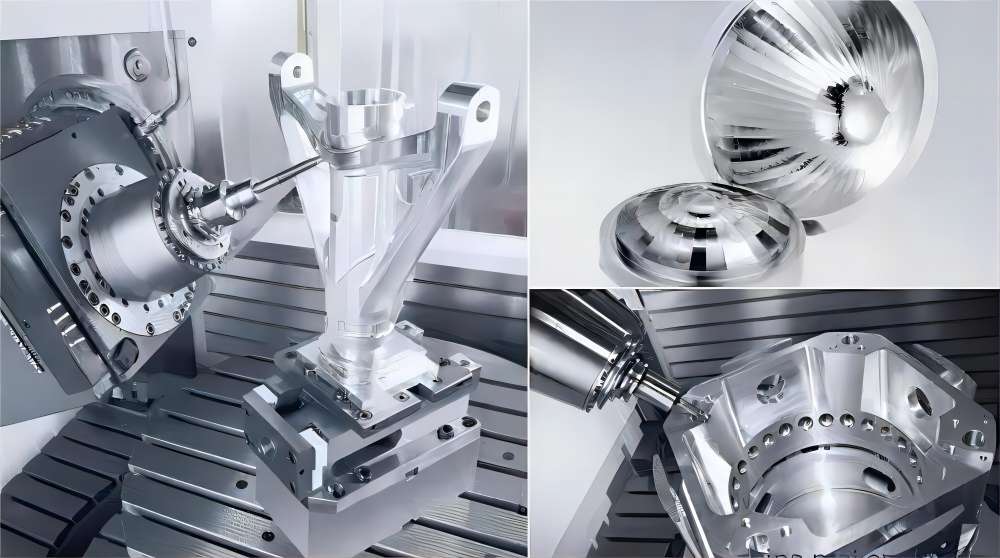
Applications of 5-Axis CNC Machining Across Industries
The versatility and precision offered by 5-axis CNC machines have led to their widespread adoption across a diverse range of industries. Here are some prominent examples:
- Aerospace Industry: The aerospace industry relies heavily on 5-axis CNC machines to manufacture critical components for aircraft. These machines are instrumental in shaping complex engine parts, intricate landing gear components, and even entire aircraft fuselages. The ability to achieve high precision and handle challenging materials like titanium and aluminum alloys makes 5-axis CNC machines irreplaceable in this domain.
- Automotive Industry: The automotive industry leverages 5-axis CNC machines to create complex car body components, engine blocks, and intricate transmission parts. These machines enable the creation of parts with smooth curves and tight tolerances, contributing to the overall aesthetics, performance, and fuel efficiency of modern vehicles.
- Precision Mold Industry: The intricate details and tight tolerances required in mold making are perfectly suited to the capabilities of 5-axis CNC machines. These machines can produce complex mold cavities and cores with exceptional precision, ensuring the creation of high-quality plastic parts with consistent and accurate dimensions.
- Emerging Fields: Beyond established industries, 5-axis CNC machines are finding increasing applications in emerging fields. These include the medical device industry, where they are used to manufacture intricate surgical instruments and prosthetic limbs. Additionally, the rail transit sector utilizes 5-axis CNC machines to create complex components for high-speed trains and locomotives.
The aforementioned examples highlight just a few of the many industries that have embraced 5-axis CNC machining. As technology continues to evolve, we can expect these machines to play an increasingly vital role in shaping the future of manufacturing across a widening spectrum of fields.
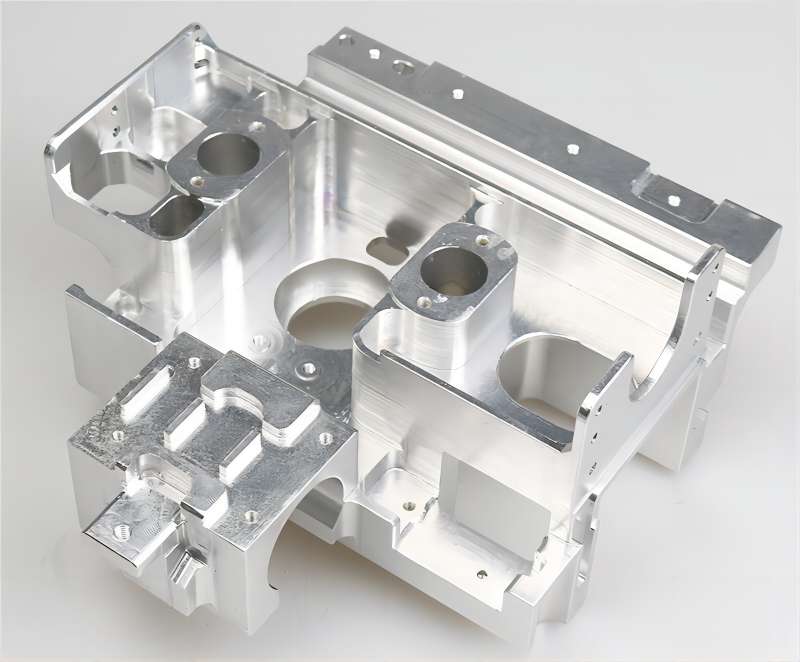
Operating and Maintaining 5-Axis CNC Machines
To unlock the full potential of 5-axis CNC machines, skilled professionals are required to operate and maintain them. Here’s a closer look at the crucial human element involved in this process:
- Proficient CAM Software Programming Skills: Computer-aided manufacturing (CAM) software plays a critical role in 5-axis CNC machining. Skilled operators need to be proficient in using CAM software to generate precise toolpaths that instruct the machine on how to move and shape the workpiece. These toolpaths determine the final form and accuracy of the machined part.
- Understanding of Machine Structure and Working Principle: Effective operation of a 5-axis CNC machine necessitates a thorough understanding of its structure and working principle. Operators must be familiar with the various components, their functionalities, and how they interact to achieve the desired machining outcome. This knowledge empowers them to select appropriate cutting tools, adjust settings accurately, and troubleshoot any potential issues that may arise.
- Troubleshooting Abilities: Despite their advanced automation, 5-axis CNC machines can sometimes encounter malfunctions or errors. The ability to diagnose problems promptly and effectively is crucial for maintaining optimal machine performance and preventing production delays. Skilled operators who possess strong troubleshooting skills can identify the root cause of issues and implement solutions to ensure the smooth operation of the machine.
Conclusion
5-axis CNC machines have revolutionized modern manufacturing with their ability to produce complex parts with exceptional precision, efficiency, and flexibility. Their diverse range of applications across various industries underscores their pivotal role in shaping the future of manufacturing. As technology continues to evolve, we can expect 5-axis CNC machines to become even more sophisticated, incorporating advancements in artificial intelligence, improved mechanical designs, and seamless integration with other intelligent systems. By embracing these advancements, 5-axis CNC machines will undoubtedly continue to be a driving force in propelling manufacturing forward towards a future of higher efficiency, greater precision, and unparalleled innovation.

